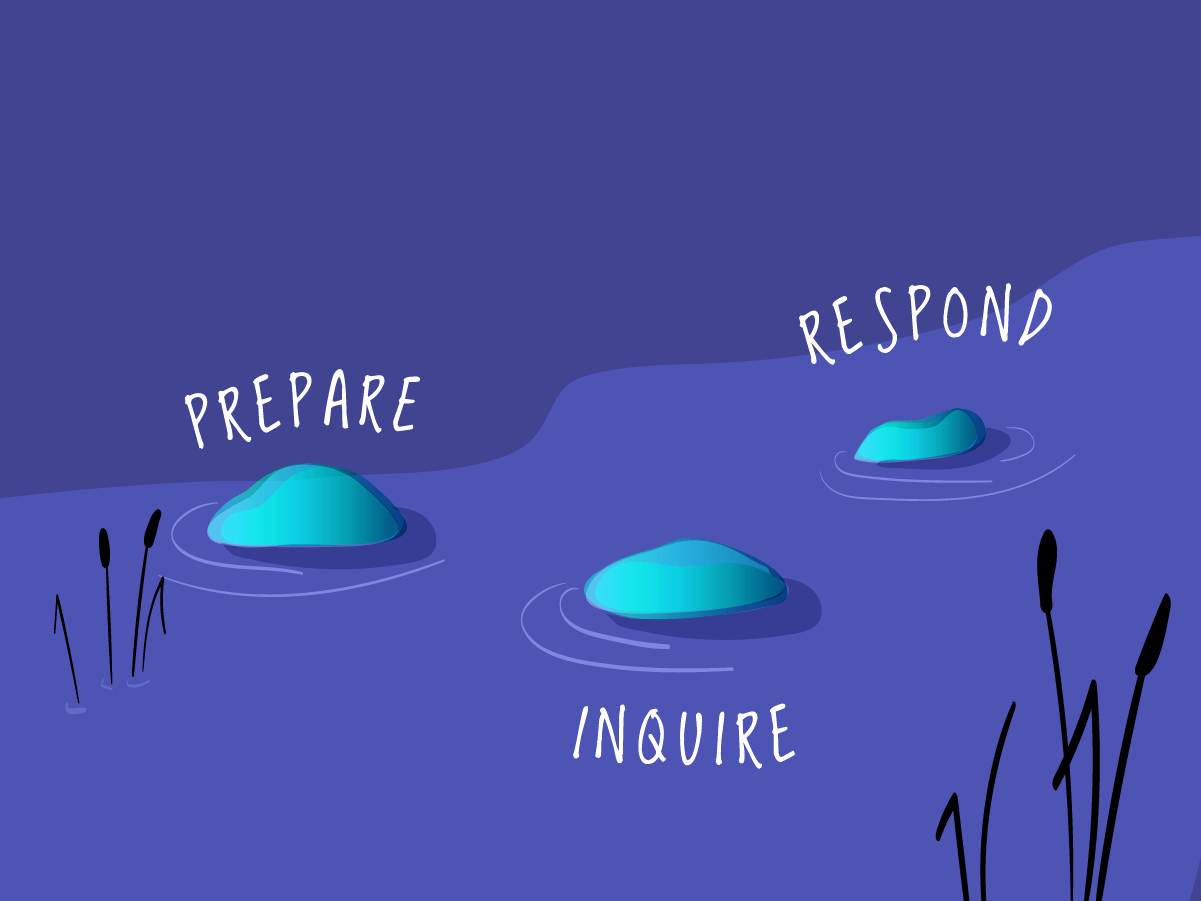Three steps to bring empathy and energy to your meetings
Dr. Renee Rubin Ross is a recognized leader on board and organizational development and strategy and the founder of The Ross Collective, a consulting firm that designs and leads inclusive, participatory processes for social sector boards and staff.
—
In this moment of uncertainty, nonprofit leaders must design meetings and conversations with structures that create space for what is emerging.
At the start of every meeting, I always ask, “Has anything happened since we last met that would impact our planning?”
Most of the time, people share that little has changed and we move on to the rest of the agenda.
But that has not been the case over the past few months.
At recent sessions, staff and board members have raised concerns about the Delta variant and people’s vaccination status, especially when deciding if they will meet in person or via Zoom.
Suddenly the idea of building safety among meeting participants is taking on a new dimension. Usually, my work involves sharing processes and structures that will promote emotional safety in the conversations. But now we are starting with a basic level of safety – making sure that the strategic planning retreats and other meetings do not inadvertently spread COVID to staff and board members, not to mention their facilitator!
Whether you are planning the agenda for a retreat or other session, be sure to make room to talk through any emerging issues.
Here’s a three-step process you can use to bring empathy and energy to your meetings:
1) PREPARE: If possible, share your meeting agenda ahead of time. Doing this gives participants a chance to prepare and reflect.
2) INQUIRE: At the beginning of the conversation, include questions that give people space to slow down and name what is coming up right now. Here are some questions that work for groups:
- Has anything happened since we last met that would impact our planning?
- Is there anything we need to know before moving forward with our agenda?
- What are you holding right now that you need to put aside to be present in this conversation?
- How are you feeling about the work we’re doing together?
- Since our last conversation, what has emerged that we need to take into account?
- Before we go to the agenda, is there anything we need to add to ensure that we can move this work forward?
3) RESPOND: Lead and respond with compassion.
The techniques shared here will only work if the person leading the meeting responds with caring and compassion. If a participant becomes emotional, the leader should recognize the struggles that many of us are experiencing. Sometimes, this may mean shifting agenda items so that emergent topics take more time; other times, the leader may need to follow up with an individual after the conversation.
We are all experiencing the pandemic in different ways. Our concerns about the coronavirus, and the ways we address it, vary as well. For some, the loss has been devastating, while others might be high-strung and stressed out from some close calls or the negligence of greater society. Taking the time to parse through these concerns reflects a strong, empathic leadership that we each need to bring more to work, community and family.
Working through group’s responses to concerns about the Delta variant gives group members a sense of relief. As we name the thing causing fear and anxiety and figure out what to do, we can focus on shared work. Groups build deeper trust in one another and energy for the work they are doing together.
Asking an opening question may seem to be taking time from the main agenda item. But these questions help the group to find solutions to address their most pressing concerns. This is critically important in building safety, trust, energy, and alignment among team members for productive meetings and conversations.

Illustration by Yellow Pants Studio
Try this:
- Think of an upcoming meeting in which you could use one of the opening questions mentioned above.
- Before the conversation: set an intention to be present and flexible for what emerges, even if that means shifting the set agenda.
- Ask the opening question, empathetically listen to responses, and notice how it impacts group members’ ability to work together and focus on the work at hand.
To learn more about how to host productive conversations, read this post on why participation matters and review this resource guide on meeting facilitation.






